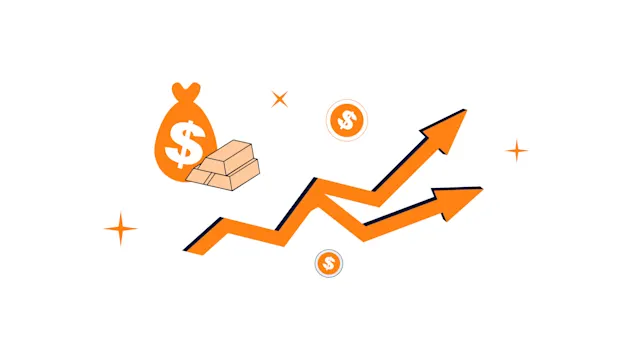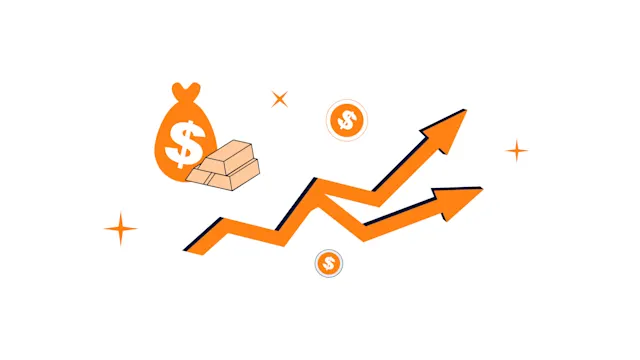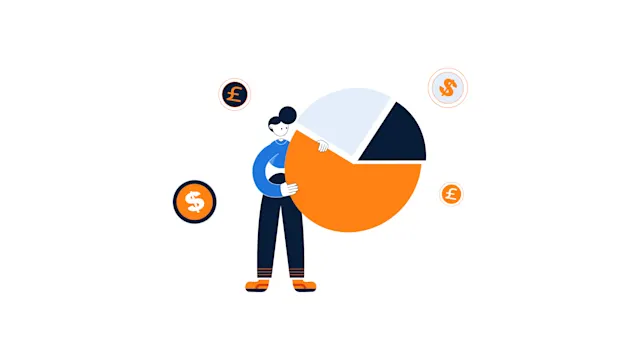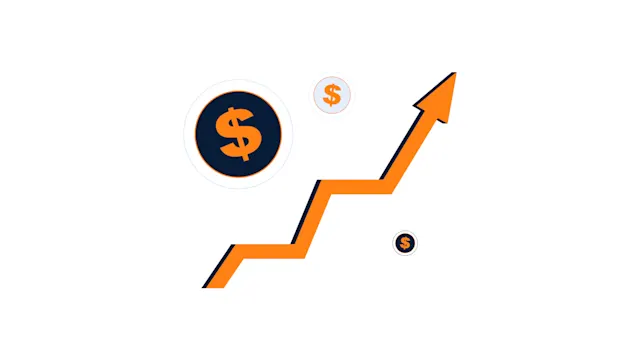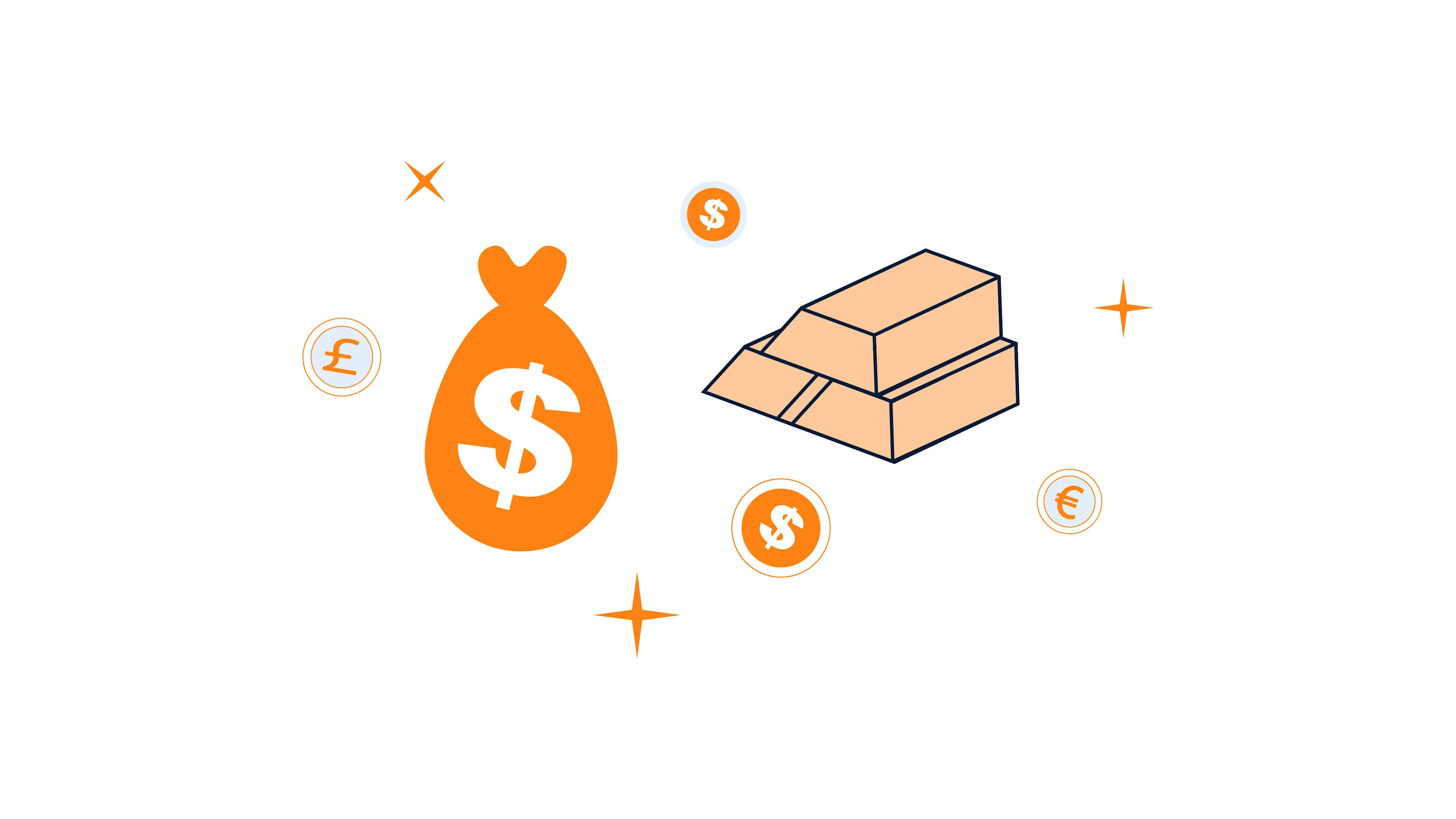
Commodity Money to Gold Standard
We can think of money as a technology that evolved over time.
We can think of money as a technology that evolved over time. In the beginning, we bartered (exchanged goods), then we transitioned to commodity money (e.g., seashells, copper, iron, gold), then fiat (paper) currencies, and now we are in the process of upgrading to cryptocurrencies.
Bartering is a direct trade of goods and services; for example, a farmer may exchange apples for a pair of shoes from a shoemaker. As you can imagine, bartering had its limitations:
Double Coincidence of Wants: A farmer could have apples and want to exchange them for bread, but the baker who has the bread does not want apples. In this case, the “want” did not match the need
Impossibility of Subdivision of Goods: if a person has a cow and wants to have 5 KG of rice, it’s too costly to give the whole cow, and it can’t be divided for 5 KG of rice.
The barter system was replaced by primitive commodity money such as seashells, large stones, glass beads, fur, salt, etc. Anything that was not easy to get/produce and was considered scarce was used as money. Primitive commodity money was then replaced with commodity metal money like copper, silver, and gold.
Commodity money served as a good medium of exchange for a while until it didn’t. The demise of commodity money was because it was relatively easy to produce more of it. Simply put, people produced more of it, and the market was flooded with additional supply compared to demand, which led to a decrease in value and the eventual collapse of it as a trusted medium of exchange. Therefore societies looked for money that was harder to produce and eventually settled on Gold because of its scarce properties.
Gold lasted for centuries as a medium of exchange and store of value mainly because of these three characteristics:
Scarcity: gold is rare to find and expensive to extract.
Durability: gold does not rust and therefore is preserved over time.
Counterfeit ability: relatively difficult to counterfeit.
For several centuries up until 1971, the most mature economies followed the gold standard. The gold standard is a monetary system where the standard unit of account is based on a fixed quantity of gold. Meaning every currency, dollar, or pound “created” had to be backed by its equivalent value in gold. In 1971, the United States abandoned the gold standard, meaning dollars and dollar treasuries could not be exchanged for gold anymore. Since then, the United States and the rest of the world have been on a fiat standard.
